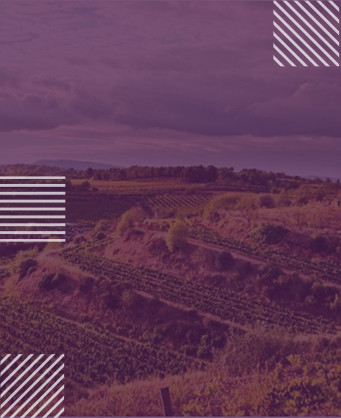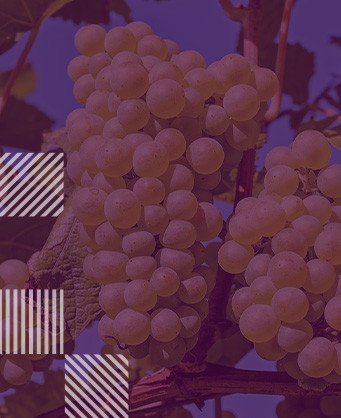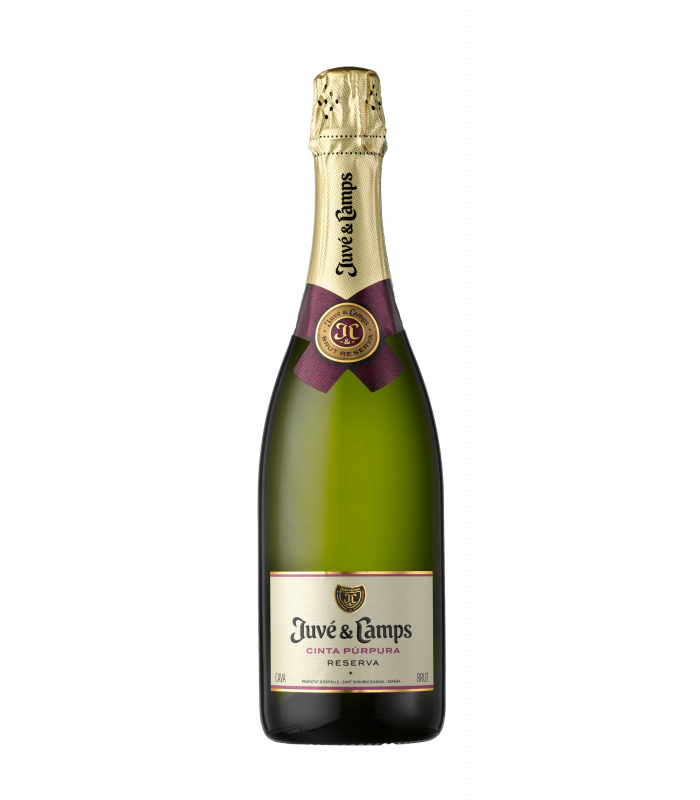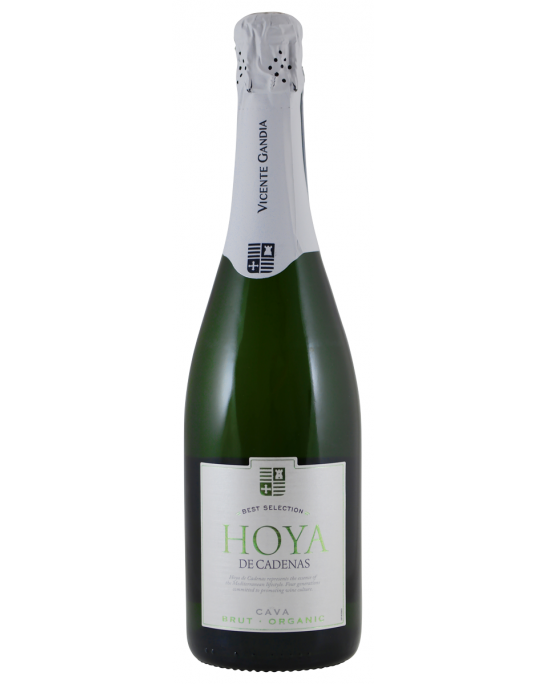Juvé & Camps Cava Reserva Brut Cinta Purpura
Със златистожълт цвят и фини мехурчета, които се издигат ритмично, формирайки потоци от мехурчета и стабилна пяна. Ароматът е приятен и интензивен. Първоначално носът предизвиква представа за нотки на месести плодове и цветен заден фон. След кратко време комплексността се увеличава и се появяват леки нотки на тост. Текстурата в устата е много приятна. Експлозията е жива и игрива, и това, комбинирано с балансираната киселинност
Glass

Serving Temperature

Food pairing
-

-

-

Maturity
Drink nowMore about this product

Catalonia
The name Catalonia DO was established in 1999 and covers all vineyards that are not covered by any of the other 11 DOs in the region. These are Emporda, Costers del Segre, Pla de Bages, Alella, Cava, Penedes, Conca de Barbera, Tarragona, Montsant and Terra Alta DOs and Priorat, DOCa (Denomination of Origen Calificada, the highest classification). Catalonia is considered different from other wine-growing regions in Spain due to the flexibility of its wine styles. It has a strong French influence on two of the most recognizable wines - Champagne-style sparkling cava and red table wines, which have similar characteristics to those produced in Roussillon, just across the Pyrenees. The main grape varieties are Tempranillo (known in Catalan as Ull de Llebre), Garnacha and Monastrell (French Mourvedre), but the red varieties from Bordeaux also play an important role in some of the highest quality blends as well as in varietal wines. Although there are numerous reasons for the success of Catalonia's wine industry, Cava has played an important role. In the 1870s, Jose Raventos began producing sparkling wines around the town of Sant Sadurní d'Anoia in Penedes, using the traditional method. The success of this wine was so great that the region became the center of Cava production in Spain and in 1986 became DO.
More wines of this region
Макабео
Макабео (както се нарича в Каталуния) или Виура (в Риоха) е бял сорт грозде, използван в северната и източната част на Испания, както и в най-южната част на Франция. В Риоха той се използва заедно с Malvasia и Garnacha Blanca за производство на тихи бели вина, а също така присъства в малки количества в купажа на червените вина на региона, докато в Каталуния заедно със сортовете Parellada и Xarel-lo е част от ампелографския състав на пенливото вино Cava. Макабео се среща и в други лозарски райони на испанското средиземноморско крайбрежие, като Валенсия, Йекла и Хумиля. Във Франция (където се нарича Maccabeu) той е доста рядък сорт грозде (около 2800 хектара) и разпространението му е почти изключително ограничено до южните части на Лангедок-Русийон, където се използва за сладките вина Banyuls и Maury, както и за богатите сухи вина Corbieres и Minervois. Виура или Макабео е универсален сорт грозде, който се използва както за тихи, така и за пенливи, сухи и сладки вина. Вината от този сорт обикновено са свежи по отношение на киселинността, цветни и ароматни, ако са брани рано и са отлежали в стоманени съдове, но могат да бъдат и плътни и интензивни, ако са отлежали в дъб.
More wines of the same variety











Customer reviews
No reviews available
Be the first to review